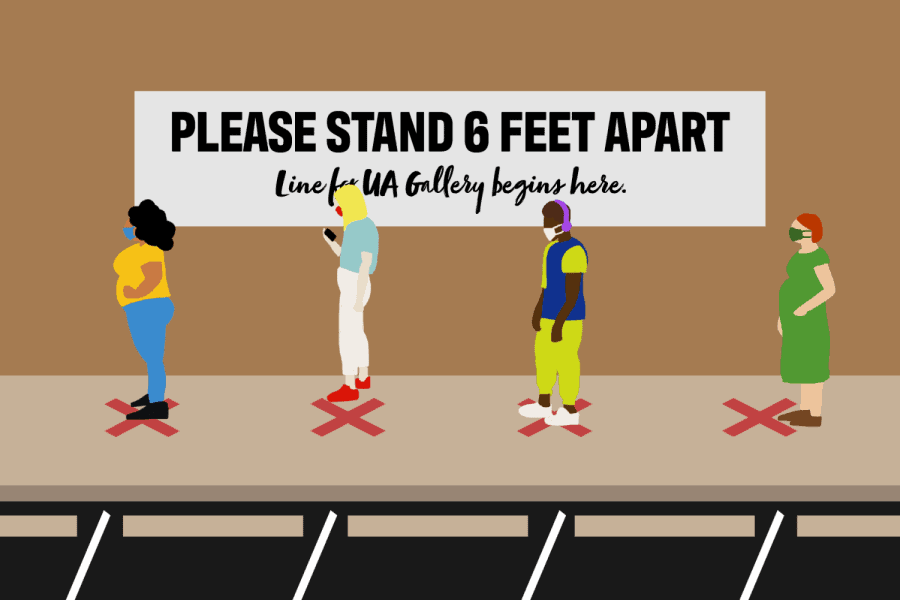‘Then COVID hit’: How UA galleries have managed a return to near-normalcy
The UA Gallery in the Dinah Washington Cultural Arts Center will host a new exhibition of photography come Friday.
Back in 2018, when Daniel White was still settling into his new gig as director of two of the University’s galleries, he booked an exhibition of photographs by a Tuscaloosa local. The exhibition would, he thought, be installed in the summer of 2020.
Three years later, after a long summer of rescheduling artists and trying to keep the galleries open to the public, that exhibition has finally been installed. “Lucid Dreams,” photographer Sharon Murphree’s first solo exhibition, will debut Friday at the UA Gallery.
Murphree created the series of photos as her senior project when she was still a BFA student at the Minneapolis College of Art and Design. Getting her college degree and becoming a photographer had been a lifelong dream for Murphree, who went back to school at age 53 and graduated in 2018.
While Murphree never stressed about the possibility of her first solo exhibition being cancelled due to the pandemic, Murphree said she was concerned about how galleries and art museums would have to adapt.
“I worried about coming up with new ways to exhibit work,” Murphree said. “[I thought] maybe it would open up a chance to exhibit differently… But I worried about funding and other issues for artists in general as well.”
UA galleries have had far less financial stress than other cultural institutions over the past several months, White said.
“We’re very fortunate,” White said. “A lot of galleries and museums have been struggling fiscally, financially, and a lot of them are going through reserves. Fortunately, we’ve been supported very well down here at the gallery.”
UA galleries did close for about a month after students were sent home from the University in March. In May, the galleries reopened by appointment only, which White said made social distancing and appropriate sanitation easier to handle.
Though galleries were open through the summer, White said most of the exhibitions on the galleries’ schedules were pushed back in hopes that more people would be able to experience the art installations later in the year. By the fall, that hope became a reality.
“Around August, we started opening up First Fridays at the Cultural Arts Center,” White said. “We were the only ones in town doing that, mainly because the space is so big.”
The Dinah Washington Cultural Arts Center, which houses the UA Gallery, can safely host 50 people at a time, White said. First Fridays, which take place at the start of every month, usually include patrons strolling in after a dinner in downtown Tuscaloosa or curious students taking a look around and grabbing some free food. White said the capacity limit and elimination of serving food at the event has been a strange adjustment.
“It’s been an interesting experience, because our very nature is to invite the public in,” White said. “We just haven’t been able to do that like we normally can.”
Now, both the UA Gallery and the Paul R. Jones Museum are back to normal operating hours. According to the Department of Art and Art History website, Sella-Granata Art Gallery and Sarah Moody Gallery of Art, both on campus, are also open normal hours at a reduced capacity.
White said although the pandemic has been a dire time for many galleries and museums, it has also given people a chance to reflect on how much art means to them, especially in a time of isolation.
“Where would we be without music and movies and art, things like that?” White said. “Where would we be without these things that sustain us? The arts, they enrich our lives.”




